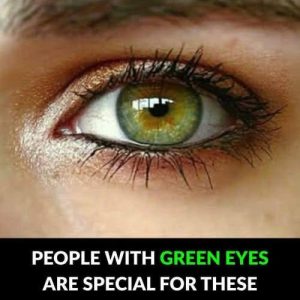**Shortened & simplified article (under 200 words):**
Experts have explained what to do if you notice *eye floaters*—those drifting spots or shapes in your vision. One person shared, *“I thought there was a fly, but it was just a floater,”* while another said, *“I keep rubbing my eye, but there’s really nothing there.”*
According to the **Mayo Clinic**, floaters *“may look like black or gray specks, strings, or cobwebs”* and move as your eyes move. They’re very common, affecting about 70% of people, and usually appear due to age-related changes when the jelly-like substance in the eye (vitreous) shrinks and forms tiny clumps.
Most floaters aren’t serious. The **NHS** says if you’ve had them for a while and they’re not worsening or affecting your vision, there’s no need to worry. However, sudden new floaters, flashes of light, a curtain-like shadow, or pain could signal an emergency.
People who are nearsighted or have had cataract surgery are more prone to floaters. To reduce their visibility, try moving your eyes up and down to shift the fluid. Eating a healthy diet, avoiding smoking, and taking supplements like omega-3s and vitamin A may support overall eye health.





